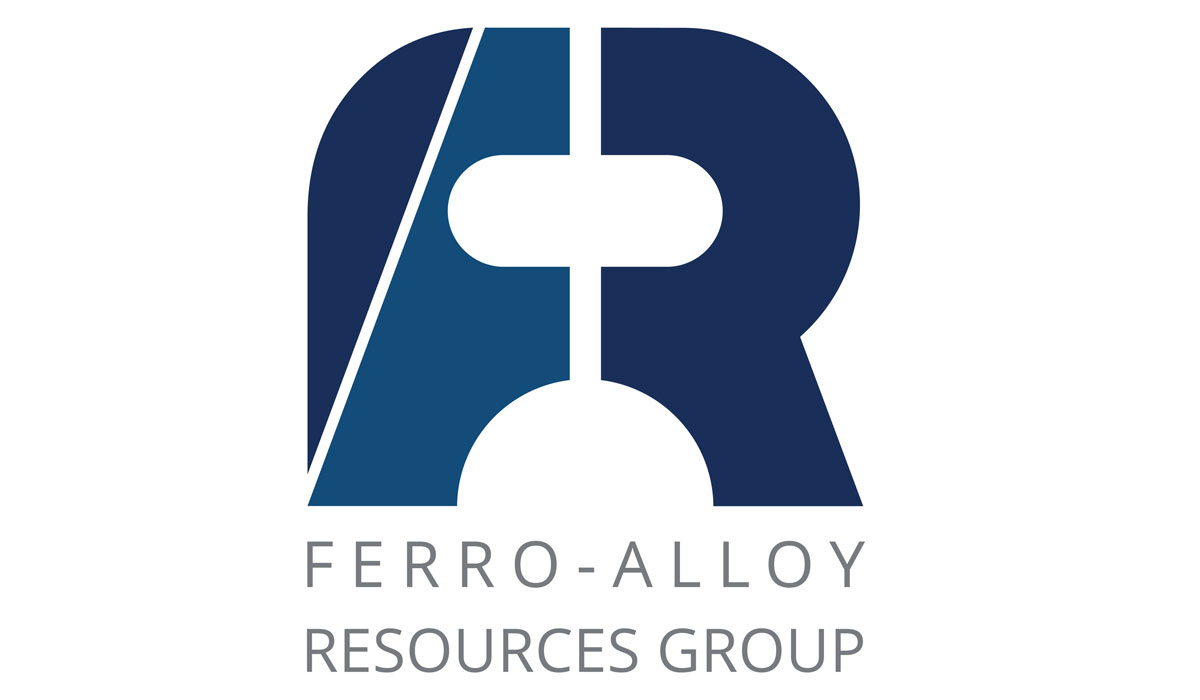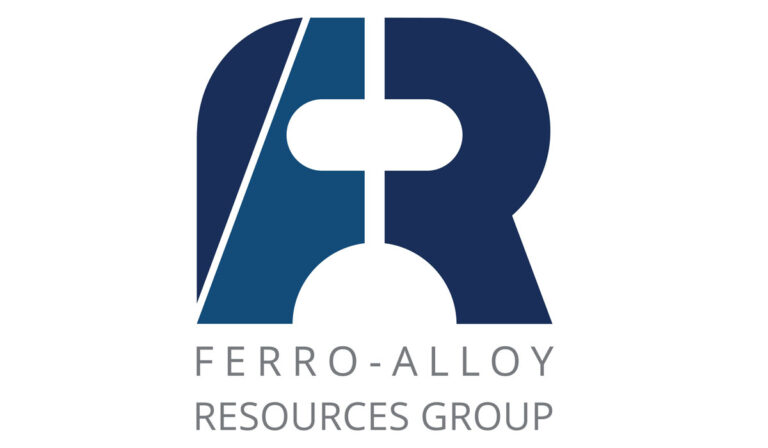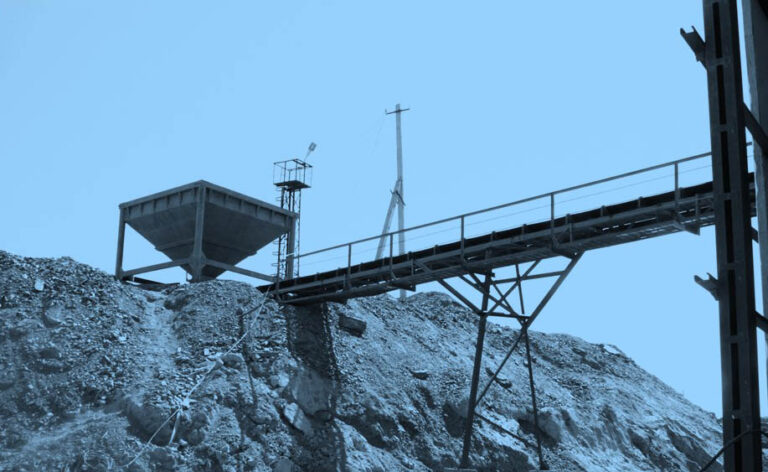A subtle shift is unfolding beneath the surface of global markets as a once-overlooked element begins to vie for attention among investors. Its quiet ascent carries implications for industries as diverse as steelmaking and renewable power, yet most market watchers have scarcely paused to consider its potential. What follows is an exploration of how this unassuming metal might redefine strategic positioning in an evolving energy paradigm.
Interest in this element has long been anchored in its capacity to bolster the resilience and strength of steel, a role that remains foundational to its market. Yet recent advances have placed it at the heart of next-generation energy storage, offering a compelling mix of durability, scalability and safety. As renewable installations accelerate worldwide, the question of how to store intermittent power becomes ever more pressing. Here, this metal’s chemistry delivers a solution that bridges grid demands and investor appetites for long-duration storage. Behind the scenes, technology developers have harnessed its redox properties to create batteries capable of thousands of cycles with minimal degradation, addressing one of the most persistent cost drivers in storage economics.
Long accustomed to topping off alloys at fractions of a percent, the metal’s new application in flow-battery systems marks a departure from commodity status to strategic raw material. Vanadium redox flow batteries incorporate dissolved ions that shuttle between oxidation states, shuttling energy with remarkable efficiency. Field trials have demonstrated these systems operating for over a decade with scarcely any loss in capacity, a testament to the element’s reversible electrochemistry. For grid operators dealing with fluctuating output from solar farms or wind parks, the ability to dispatch stored power over extended periods, without rapid performance fade, unlocks pathways to stabilise networks at scale.
Steel producers, too, remain keen beneficiaries of its established use. Adding trace amounts enhances tensile strength and fatigue resistance, enabling lighter structures that meet stricter emissions standards. Automotive and construction sectors, under pressure to reduce carbon footprints, have turned to higher-strength alloys to shed weight and improve fuel efficiency. This demand dynamic persists, underpinned by infrastructure build-outs in emerging markets and ongoing maintenance in mature economies. Yet it is the intersection of traditional steel-grade uptake and emergent battery applications that captures investor interest; it hints at a demand profile that could outpace recent supply growth.
Turning to supply, the bulk of production is concentrated in a handful of countries, often entwined with other strategic minerals. Processing constraints and environmental permitting cycles have historically throttled new mine developments, resulting in a market that periodically tightens. When battery orders surged, price spikes followed, signalling to investors that marginal cost curves might rise faster than expected. At the same time, recycling initiatives have gained traction, tapping spent batteries and steel slag to reclaim the metal. While this adds resilience to the supply chain, it also underscores an evolving ecosystem in which primary and secondary sources converge.
Capital flows into mining ventures have reflected this dual narrative. Juniors exploring fresh deposits attract speculative interest on the prospect of first-mover advantage, yet established miners with refined processing capabilities may offer steadier cash flows. Meanwhile, battery developers courting long-term off-take agreements create potential anchor contracts for producers, aligning incentives across the value chain. These emerging partnerships hint at price stability through structured sales, a departure from the spot-driven volatility of recent years.
Investors weighing allocations must consider geopolitical exposure alongside technological risk. Projects in politically stable jurisdictions offer reassurance, but cost curves there often trend higher. Conversely, lower-cost geographies may carry permitting or infrastructure uncertainties that elongate development timelines. On the downstream side, the triumph of flow batteries is not assured; competition from lithium-ion and other chemistries persists, particularly where rapid response rather than long-duration storage is the priority. Yet as grids evolve towards maximising dispatch over hours or days, the characteristics of this metal-based system align neatly with utility strategies.
Broader decarbonisation goals provide an undercurrent of structural demand. Governments and corporations committed to net-zero trajectories recognise grid reliability as essential to electrification of transport and industry. Policies incentivising long-duration storage, or mandating strength improvements in steel, bolster the narrative that this metal occupies a unique niche. Such regulatory frameworks, combined with voluntary green procurement, create a multi-pronged support mechanism that transcends mere cyclical trends.
As investors deliberate, the confluence of robust steel demand, nascent battery markets and constrained supply offers a differentiated risk-reward profile. Unlike purely speculative commodities, this metal’s dual role in foundational infrastructure and cutting-edge energy systems lends it an air of resilience. Its price dynamics are not tethered solely to speculative mania but reflect tangible uptake across sectors essential to modern economies. For portfolios seeking exposure to the energy transition without abandoning industrial foundations, the element presents a case study in how materials science can chart new pathways for value creation.
In conclusion this metal serves dual roles in reinforcing steel infrastructure and enabling long-duration energy storage. Its capacity to strengthen alloys and to cycle repeatedly in redox flow systems positions it at the crossroads of established industry and emerging grid technologies. Investors evaluating strategic allocations would do well to consider how supply constraints, technological adoption and regulatory support converge around this versatile element.
Ferro-Alloy Resources Ltd (LON:FAR) is developing the giant Balasausqandiq vanadium deposit in Kyzylordinskaya oblast of southern Kazakhstan. The ore at this deposit is unlike that of nearly all other primary vanadium deposits and is capable of being treated by a much lower cost process.












































